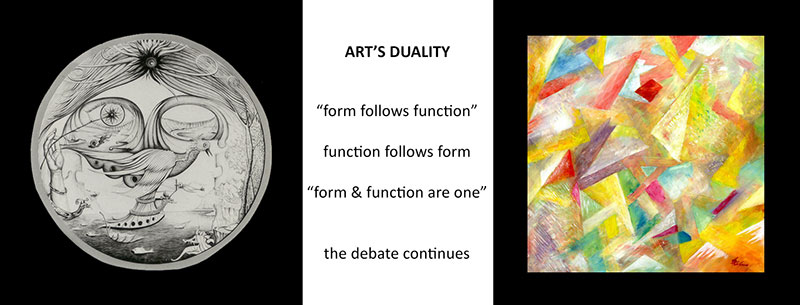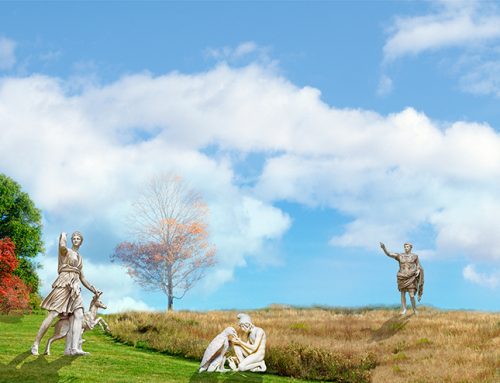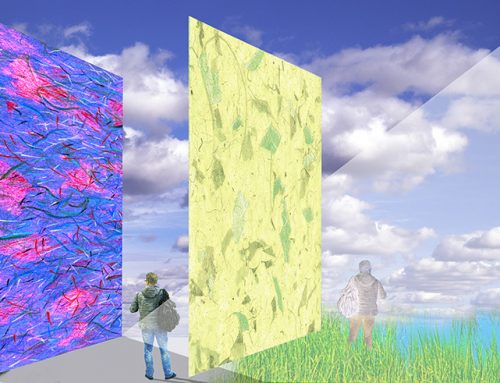Form function. This post is a sequel to my article “Art’s Duality” published on Linkedin, in which I explored the everlasting architectural debate, “Form” versus “Function”.
The conclusion of the article was that some architects prefer to design by starting with “form” designing from the outside in, while others prefer to start an architectural project considering “function” first thus designing mostly from inside out. Neither one of the two methods can be clearly declared a winner or preferred method. The second conclusion was that the eternal “Duality” debate in the field of architecture is likely to continue for a long time in the future. Probably forever.
I find that duality between form and function exists also in the art creation process, following a similar path to architecture. In fact, there are some striking similarities between the two fields. For ease and simplicity, this article will consider painting as the main representative of art, while the conclusions can be extended to other forms of art such as sculpture etc.
Contemporary artists can be generally classified as belonging to one of three main groups:
A – Representational (represents actual objects or subjects from reality)
B – Abstract (takes subjects from reality and presents them differently from reality)
C – Non-Objective (art that takes nothing from reality)
For each group, for the most part, the creation process starts differently and aims at achieving a different final result. The main difference appears to be that groups A and B are mostly concerned with “meaning” and “intellectual spirituality”, while the third group C is mostly interested in achieving highly ornamental decorative effects where the art is appreciated for its beauty and does not require the viewer to engage in a mental process of searching for a deep meaning.
My interpretation and opinion about the main differences between the two approaches are enumerated as follows:
Characteristics of artworks in which “Function” follows “Form”: 1) The creation process starts with “Form”, meaning that the primary goal of the painting is to express forms shapes or colors without a specific associated message 2) Mostly adopted by abstract artists 3) The art is derived from non natural subjects such as geometric shapes 4) Works are ornamental and decorative in nature 5) The intent of conveying decorative shapes colors and forms takes precedence, with less concern for a “meaning” (which is not predetermined or even desired as the final result) 6) Mostly spontaneous gestural with lack of rigid rules 7) Decoration is the main goal
Characteristics
Characteristics of artworks in which “Form” follows “Function”: 1) Creation process starts from Function which means that the primary goal of the artist is to express an idea that has a deep message and or has a lesson to teach the viewer. 2)Mostly figurative in nature 3) Representational artists 4) Art is derived from clearly recognizable natural subjects or objects 5) Intellectual and or spiritual narrative 6) The intent of conveying “meaning” is predetermined and the subject, message, and form of expression are well thought out and planned ahead 7) Mostly calculated art that follows a rational order 8) Message and meaning are the main goals behind the art.
Surveys
Surveys have been conducted to determine population preferences in an attempt to find out the most desired type of paintings. One such survey initiated by Melamid and Kumar posed a question that was phrased: “Paintings: higher goal or just nice to look at?” The results varied from country to country but synthesizing the results indicates that on the World Wide Web the respondents where split more or less 50%-50% in answering the question, while in the USA 70% of all respondents indicated a preference towards paintings that are “just nice to look at” and have no special goals or a lesson to teach. Source: http://awp.diaart.org/km/surveyresults.html
The poll was scientifically conducted, so on the surface, it appears that at this point in time “Form” has a slight edge over “Function”. From an artist’s perspective, however, it is a different story. Kudos therefore to the abstract painters?
Read also the article on Linkedin






